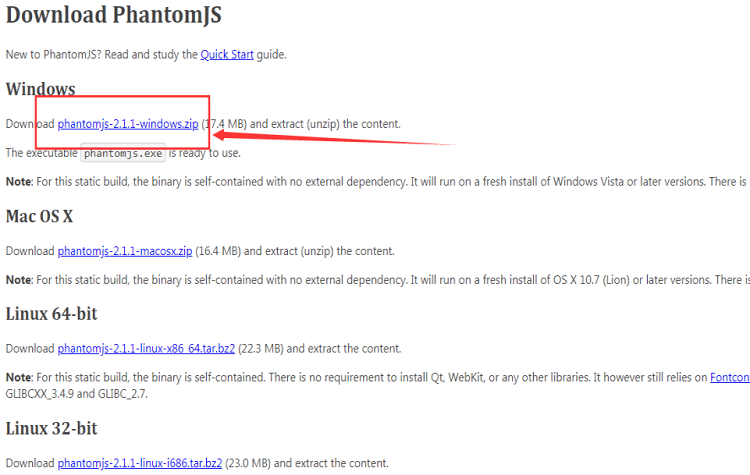Python描述器descriptor详解
前面说了descriptor,这个东西其实和Java的setter,getter有点像。但这个descriptor和上文中我们开始提到的函数方法这些东西有什么关系呢?
所有的函数都可以是descriptor,因为它有__get__方法。
>>> def hello():
pass
>>> dir(hello)
['__call__', '__class__', '__delattr__', '__dict__', '__doc__', '<span style="color: #ff0000;">__get__</span>
', '__getattribute__',
'__hash__', '__init__', '__module__', '__name__', '__new__',
'__reduce__', '__reduce_ex__', '__repr__', '__setattr__', '__str__', 'func_closure',
'func_code', 'func_defaults', 'func_dict', 'func_doc', 'func_globals', 'func_name']
>>>
注意,函数对象没有__set__和__del__方法,所以它是个non-data descriptor.
方法其实也是函数,如下:
>>> class T(object):
def hello(self):
pass
>>> T.__dict__['hello']
<function hello at 0x00CD7EB0>
>>>
或者,我们可以把方法看成特殊的函数,只是它们存在于类 中,获取函数属性时,返回的不是函数本身(比如上面的<function hello at 0x00CD7EB0>),而是返回函数的__get__方法的返回值,接着上面类T的定义:
>>> T.hello 获取T的hello属性,根据查找策略,从T的__dict__中找到了,找到的是<function hello at 0x00CD7EB0>,但不会直接返回<function hello at 0x00CD7EB0>,因为它有__get__方法,所以返回的是调用它的__get__(None, T)的结果:一个unbound方法。
<unbound method T.hello>
>>> f = T.__dict__['hello'] #直接从T的__dict__中获取hello,不会执行查找策略,直接返回了<function hello at 0x00CD7EB0>
>>> f
<function hello at 0x00CD7EB0>
>>> t = T()
>>> t.hello #从实例获取属性,返回的是调用<function hello at 0x00CD7EB0>的__get__(t, T)的结果:一个bound方法。
<bound method T.hello of <__main__.T object at 0x00CDAD10>>
>>>
为了证实我们上面的说法,在继续下面的代码(f还是上面的<function hello at 0x00CD7EB0>):
>>> f.__get__(None, T)
<unbound method T.hello>
>>> f.__get__(t, T)
<bound method T.hello of <__main__.T object at 0x00CDAD10>>
好极了!
总结一下:
1.所有的函数都有__get__方法
2.当函数位于类的__dict__中时,这个函数可以认为是个方法,通过类或实例获取该函数时,返回的不是函数本身,而是它的__get__方法返回值。
我承认我可能误导你认为方法就是函数,是特殊的函数。其实方法和函数还是有区别的,准确的说:方法就是方法,函数就是函数。
>>> type(f)
<type 'function'>
>>> type(t.hello)
<type 'instancemethod'>
>>> type(T.hello)
<type 'instancemethod'>
>>>
函数是function类型的,method是instancemethod(这是普通的实例方法,后面会提到classmethod和staticmethod)。
关于unbound method和bound method,再多说两句。在c实现中,它们是同一个对象(它们都是instancemethod类型的),我们先看看它们里面到底是什么
>>> dir(t.hello)
['__call__', '__class__', '__cmp__', '__delattr__', '__doc__', '__get__', '__getattribute__',
'__hash__', '__init__', '__new__', '__reduce__', '__reduce_ex__', '__repr__', '__setattr__',
'__str__', 'im_class', 'im_func', 'im_self']
__call__说明它们是个可调用对象,而且我们还可以猜测,这个__call__的实现应该大致是:转调另外一个函数(我们期望的哪个,比如上面的hello),并以对象作为第一参数。
要 注意的是im_class,im_func,im_self。这几个东西我们并不陌生,在t.hello里,它们分别代表T,hello(这里是存储在 T.__dict__里的函数hello)和t。有了这些我们可以大致想象如何纯Python实现一个instancemethod了:)。
其实还有几个内建函数都和descriptor有关,下面简单说说。
classmethod
classmethod能将一个函数转换成类方法,类方法的第一个隐含参数是类本身 (普通方法的第一个隐含参数是实例本身),类方法即可从类调用,也可以从实例调用(普通方法只能从实例调用)。
>>> class T(object):
def hello(cls):
print 'hello', cls
hello = classmethod(hello) #两个作用:把hello装换成类方法,同时隐藏作为普通方法的hello
>>> t = T()
>>> t.hello()
hello <class '__main__.T'>
>>> T.hello()
hello <class '__main__.T'>
>>>
注意:classmethod是个类,不是函数。classmethod类有__get__方法,所以,上面的t.hello和T.hello获得实际上是classmethod的__get__方法返回值
>>> t.hello
<bound method type.hello of <class '__main__.T'>>
>>> type(t.hello)
<type 'instancemethod'>
>>> T.hello
<bound method type.hello of <class '__main__.T'>>
>>> type(T.hello)
<type 'instancemethod'>
>>>
从 上面可以看出,t.hello和T.hello是instancemethod类型的,而且是绑定在T上的。也就是说classmethod的 __get__方法返回了一个instancemethod对象。从前面对instancemethod的分析上,我们应该可以推断:t.hello的 im_self是T,im_class是type(T是type的实例),im_func是函数hello
>>> t.hello.im_self
<class '__main__.T'>
>>> t.hello.im_class
<type 'type'>
>>> t.hello.im_func
<function hello at 0x011A40B0>
>>>
完全一致!所以实现一个纯Python的classmethod也不难:)
staticmethod
staticmethod能将一个函数转换成静态方法,静态方法没有隐含的第一个参数。
class T(object):
def hello():
print 'hello'
hello = staticmethod(hello)
>>> T.hello() #没有隐含的第一个参数
hello
>>> T.hello
<function hello at 0x011A4270>
>>>
T.hello直接返回了一个函数。猜想staticmethod类的__get__方法应该是直接返回了对象本身。
还有一个property,和上面两个差不多,它是个data descriptor。


